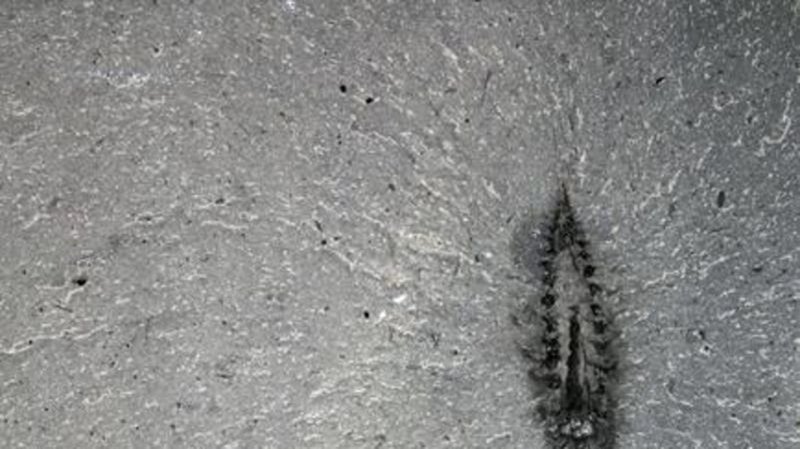
Fossils of ancient predators with three eyes shed light on evolution of insects
Research based on a collection of fossils from the Burgess Shale shows a bizarre-looking animal with three eyes that sheds light on the evolution of the brain and head of insects and spiders.
The study, published in the journal Current Biology, looked at 268 specimens collected in the 1980s and 1990s from a site in Yoho National Park in British Columbia and stored at the Royal Ontario Museum in Toronto.
Dozens of those fossils contained the brain and nervous system of the half-billion-year-old Stanleycaris, which was part of an ancient, extinct offshoot of the arthropod evolutionary tree called Radiodonta, distantly related to modern insects and spiders.
“It’s a once-in-a-lifetime kind of discovery,” Joe Moysiuk, lead author of the study and a PhD candidate in ecology and evolutionary biology at the University of Toronto, said in an interview this week.


